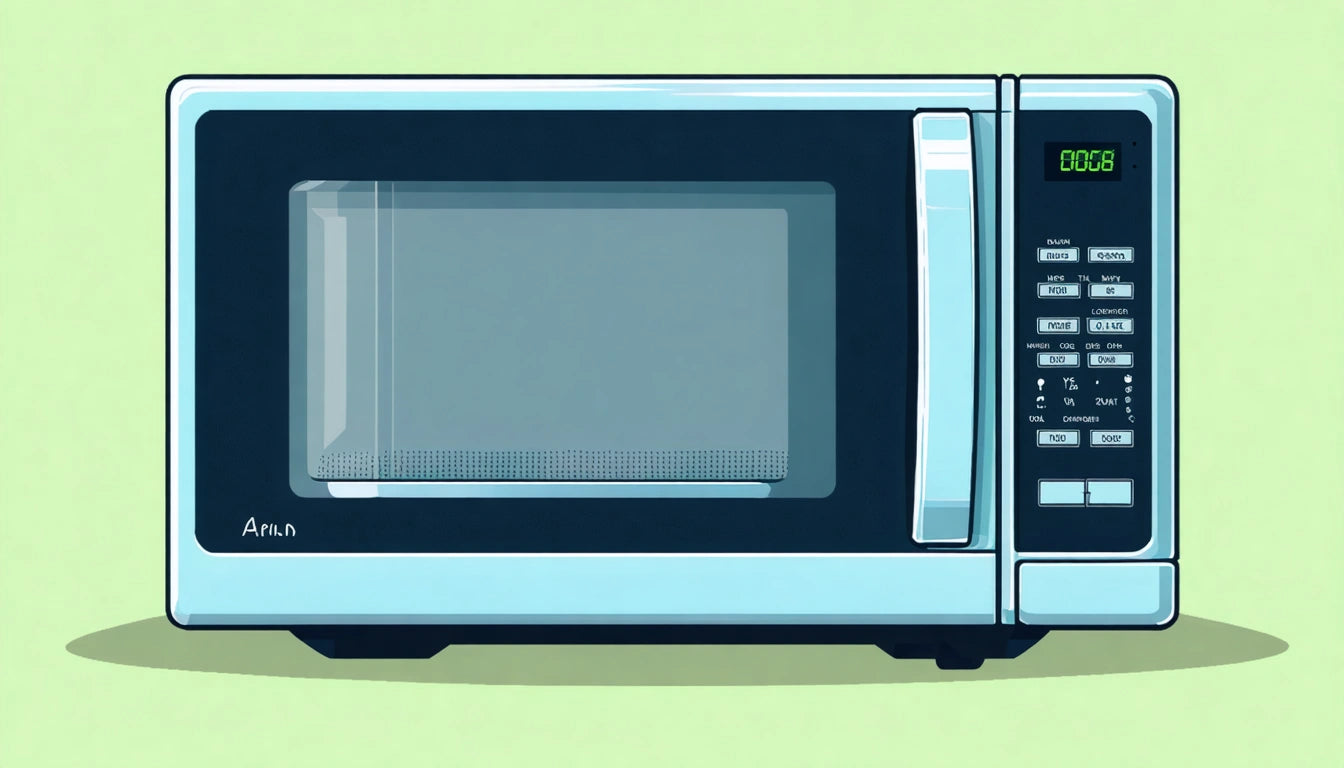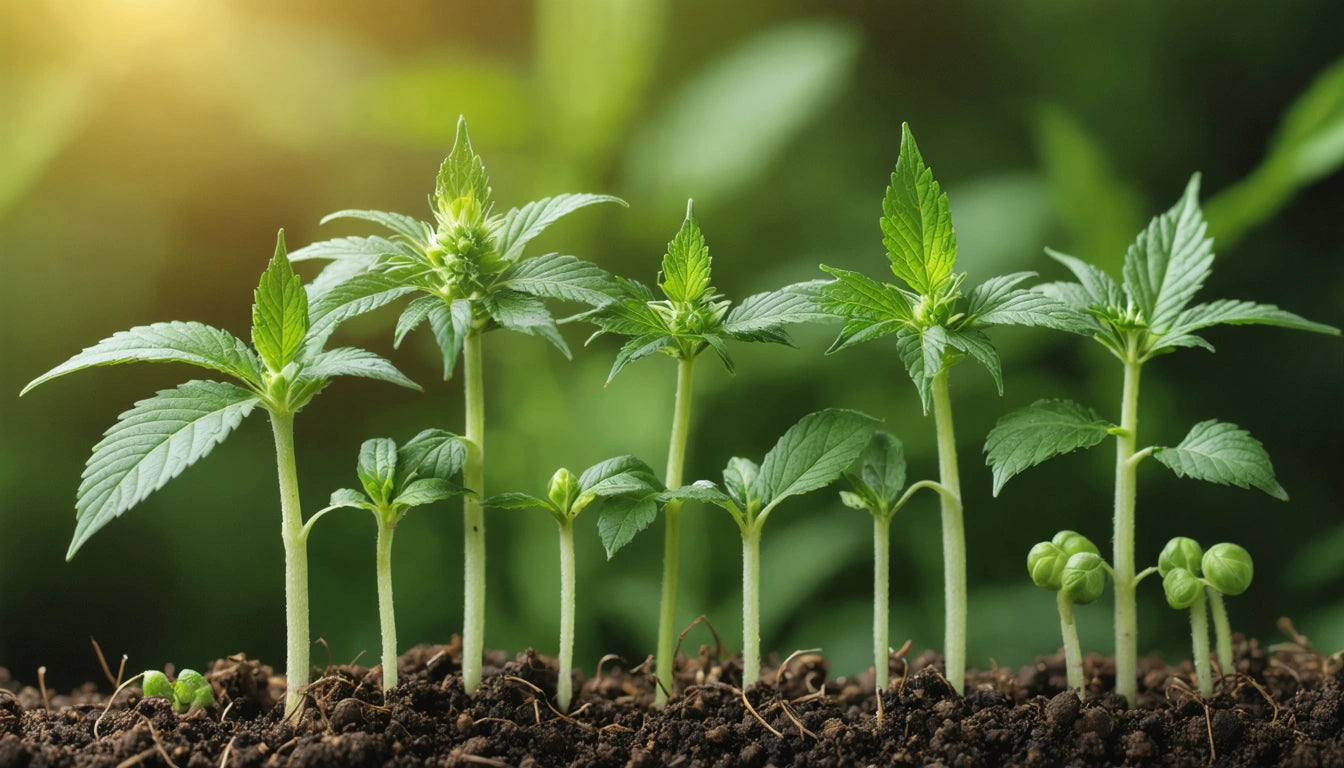Table of Contents
Microwaving Your Joint: Dos and Don'ts for Optimal Results
The practice of microwaving joints has gained attention in cannabis communities, with users experimenting to achieve various effects. Whether you're looking to dry out damp cannabis, accelerate decarboxylation, or simply warm up a stale joint, understanding the science and safety behind microwaving cannabis products is essential for optimal results and avoiding potential hazards.
Understanding Why People Microwave Joints
Cannabis enthusiasts microwave joints for several reasons. Some believe it enhances potency by activating cannabinoids, while others use this method to dry out overly moist flower. According to research on microwaving cannabis, brief exposure to microwave radiation can affect moisture content and potentially alter the chemical composition of cannabis.
Common motivations for microwaving joints include:
- Drying out damp cannabis for a smoother burn
- Attempting to increase potency through partial decarboxylation
- Refreshing stale or dry joints
- Eliminating potential mold or bacteria (though this is not scientifically validated)
What Happens When You Put a Joint in the Microwave
When a joint enters the microwave, several physical and chemical changes occur. Microwaves primarily affect water molecules, causing them to vibrate and generate heat. In cannabis, this process can:
Physical Changes
The paper wrapper may begin to dry out and potentially ignite if exposed too long. The cannabis inside experiences rapid moisture loss, which can make it more brittle and change its burning characteristics. Trichomes containing cannabinoids and terpenes may rupture from internal pressure as moisture rapidly converts to steam.
Chemical Changes
Short microwave exposure initiates partial decarboxylation, converting some THCA to THC. However, the high temperatures can also degrade terpenes responsible for flavor and aroma. As noted in studies on joint consumption, the chemical integrity of cannabis is sensitive to heat exposure.
How Long Should You Microwave a Joint
If you're determined to microwave a joint, timing is critical. The consensus among experienced users suggests:
- 5-10 seconds maximum for slightly damp joints
- Use 2-3 second intervals with cooling periods between
- Never exceed 15 seconds total microwave time
Power settings also matter. Using 50% power provides more control and reduces the risk of combustion or excessive cannabinoid degradation. Always monitor the joint closely during the process, as proper joint preparation can be compromised by excessive heat.
Dos and Don'ts of Microwaving Joints
Dos:
- Use short intervals (5 seconds maximum)
- Place the joint on a microwave-safe plate
- Allow cooling time between intervals
- Monitor closely to prevent combustion
- Consider using a lower power setting
Don'ts:
- Microwave joints in aluminum foil or metallic containers
- Leave the joint unattended while microwaving
- Microwave joints with metal filter tips
- Exceed 15 seconds total microwave time
- Microwave pre-rolls with concentrate infusions (oils can superheat)
Better Alternatives to Microwaving
Rather than risking damage to your cannabis through microwaving, consider these safer alternatives:
For drying damp cannabis, place it in a paper bag with a silica gel packet for 1-2 hours. To refresh dry joints, use a humidity pack in an airtight container for 24 hours. For enhanced potency, proper curing and storage methods preserve cannabinoids more effectively than microwaving.
Our customers who purchase premium custom pre-roll cones often find that proper rolling technique and quality materials eliminate the need for microwave interventions altogether. These professionally designed cones promote even burning and preserve the intended cannabis experience.
Essential Safety Precautions
If you do choose to microwave a joint, follow these safety guidelines:
- Never microwave joints in packaging containing metal elements
- Keep a fire extinguisher nearby
- Ensure proper ventilation to manage odors
- Allow the joint to cool completely before handling
- Inspect the joint thoroughly for hot spots before smoking
As explained in guides on proper joint lighting techniques, compromised joints may burn unevenly or too quickly after microwave exposure, potentially affecting your smoking experience.
Best Practices for Joint Preparation and Storage
Rather than resorting to microwaving, focus on these best practices for optimal joint experiences:
Store joints properly in airtight containers away from light and heat, as detailed in joint storage guides. Maintain optimal humidity levels (58-62%) using humidity control packs. Use quality rolling papers and proper rolling techniques to ensure even burning.
Understanding joint shelf life can help you consume your products at peak freshness without needing microwave interventions. Properly stored joints can maintain their quality for weeks or even months.
While microwaving joints may seem like a quick fix for various issues, the risks often outweigh the benefits. By focusing on quality materials, proper rolling techniques, and appropriate storage methods, you can enjoy optimal cannabis experiences without resorting to potentially harmful microwave experiments.











Leave a comment
All comments are moderated before being published.
This site is protected by hCaptcha and the hCaptcha Privacy Policy and Terms of Service apply.